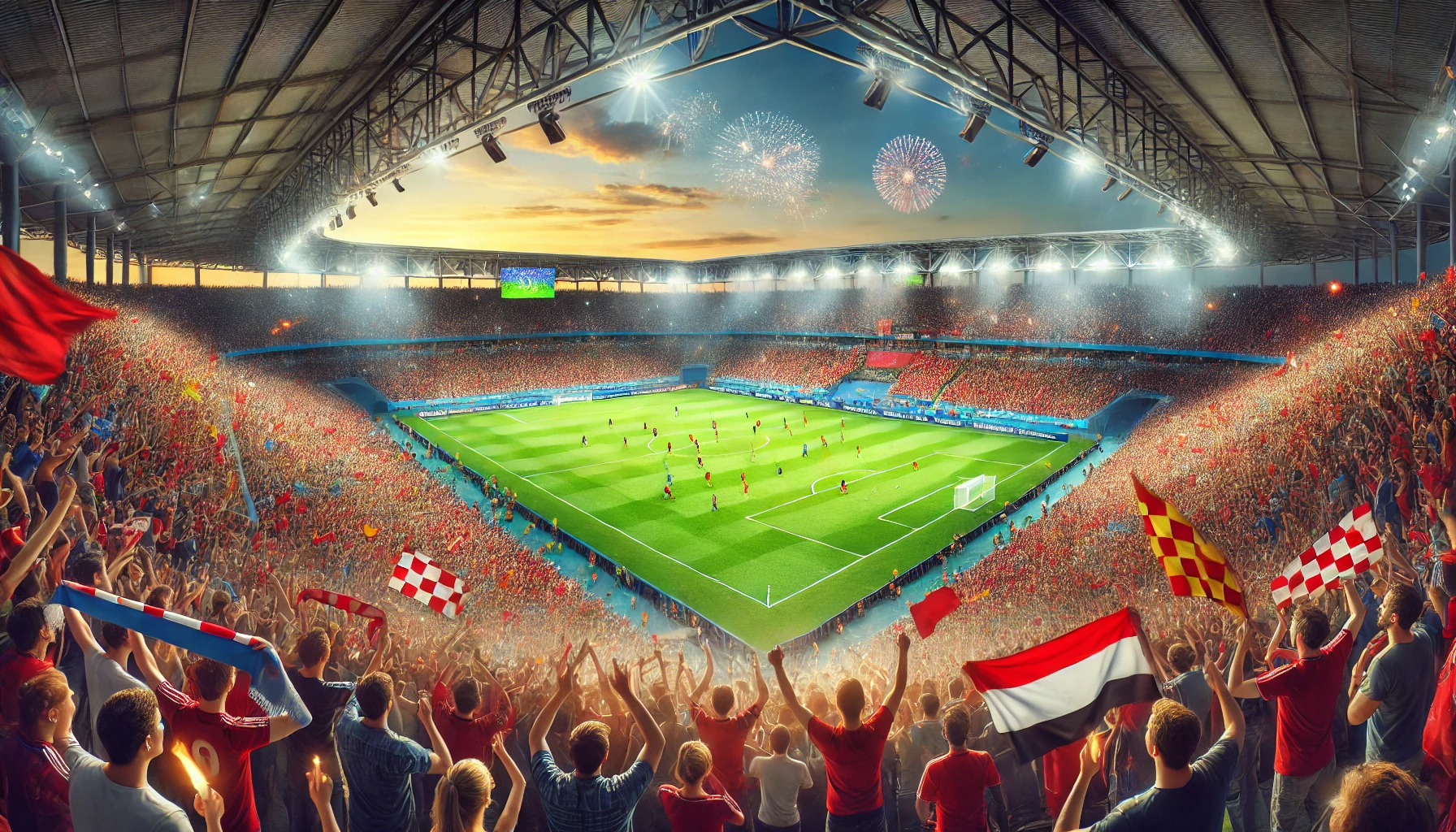The Role of Technology in Enhancing the In-Stadium Experience for Fans
15.10.2024

The advances in technology over the last decade mean it is impossible to deny its positive impact on the in-stadium spectacle for the fan. From the visualization of games to socializing and integrating every aspect of a modern man's life, stadiums today have evolved beyond what they were in the past. Time is of the essence to fans, and technology is narrowing the space between the play and the passion.
Modern Stadium Technologies
Today, people see stadiums as technological giants in the development process. It includes high-definition video boards, bright lighting, and stadium-wide Wi-Fi, making every fan's engagement with the event a new, better experience. There are also chances for anyone to get involved in live betting. The Melbet mobile features allow you to follow up on the live options, providing an enhanced and thrilling way of following the game. Further, 5G-enabled stadiums offer high-speed internet connectivity, which allows fans to post moments, track scores, and use interactive elements in real time.
State-of-the-art sound solutions allow users to relish PA systems with clear and powerful sound and LED displays relaying all sorts of information. Other elements, such as ticket buying, cash use, and other barriers, are eliminated in the more developed features like cashless payments and ticketing systems to enable fans to appreciate the game.
Among non-gaming utilities, there are exclusive AR experiences devoted to fans' and subscribers' favorite teams and players. For instance, Melbet Instagram allows users to observe the stir in social networks, fluctuations in the odds, or betting tendencies. The latter enables the fans to follow events, make decisions on offers they take, and interact with the game and their preferences in an ultimate stadium atmosphere.
Benefits to Fans
Technology implementation in the stadiums directly impacts offering value and enhancing your experience. These benefits include:
- Enhanced comfort: Smart seats with heating and cooling are also needed to improve fan comfort in different conditions.
- Instant replays: Large High-Definition screens give fans playbacks from different views, and information is relayed as soon as it happens.
- Mobile ordering: Such features allow fans to conveniently use their smartphones to order foods and beverages without joining long concession lines.
With these innovations, the fans get the game they like and other comforts to make their stay unforgettable.
Impact on Fan Engagement
Access to live observation of the event and live event broadcasting has shifted how fans engage in live sports. Whether it's instant scores, live scores, or actual game experiences, fans can interact with the game in a way that was impossible some time ago. All of these innovations work to foster a more robust, rooted emotional connection, which in turn enhances the overall experience of the stadium.

Interactive Features
Technologies in facilities enhance people's use of stadiums to watch their favorite live events. For instance, in augmented reality (AR) experiences, spectators can project stats and players' information over the field using their smartphones, which escalates the excitement. There are also touch screens that fans can access at different stadium parts to update real-time statistics, polls, and trivia, creating a better fan experience.
Smartphone applications are the other innovation of the century. They allow fans to access features such as live statistics, join a fantasy league, and place instant bets from the comfort of their seats.
Personalization Opportunities
Technology has also paved the way for the level of personalization that fans enjoy uniquely. Whether deciding where a particular fan would like to sit or what they would like to eat and drink before, during, or after a game, stadiums harness the power of big data to satisfy client's needs. Customers can receive e-mails and push notifications about new products, special offers, or specific odds of personal interest according to the previous visit the user has made to the particular application.
Through technology, promoting certain products to specific fans becomes more accessible to the general populace. The integration of AR is also perfect for being more engaged in the content related to their favorite teams and players, as the experience is more interactive, unique, and enjoyable.
Challenges in Technology Integration
Indeed, the advantages of stadium innovations are apparent, but some barriers still have to be addressed. These challenges can affect the innovation flow in the organization. Key challenges include:
- Cost of implementation: Integration of advanced technologies is capital intensive; hence, costs form a core challenge.
- System compatibility: Utilizing newly adopted technology in organizations' structures may eventually pose more operational challenges.
- Security risks: As new digital systems are introduced, there are chances of insecurity; hence, it becomes vital to provide cybersecurity.
Even so, many stadiums are seeking ways around these to move forward and make their fans happy.
Future Trends
The technological advancements seen in the future of in-stadium technology will offer better experiences for fans. Artificial intelligence changes management by accurately estimating crowd behavior and customizing services.
There is also a progressive application of blockchain technology to support ticket sales, protect digital wallets, and provide transparency to betting systems. All these trends indicate the future of a stadium experience that is more personalized and interactive, along with enhanced security features.
Final Thoughts
When fans watch their preferred sporting events, new technologies should prepare them for more thrills and ease when following such events. The latter requires pointing out that future stadiums are not primarily spaces. They cannot be termed venues but entertainment places or settings.